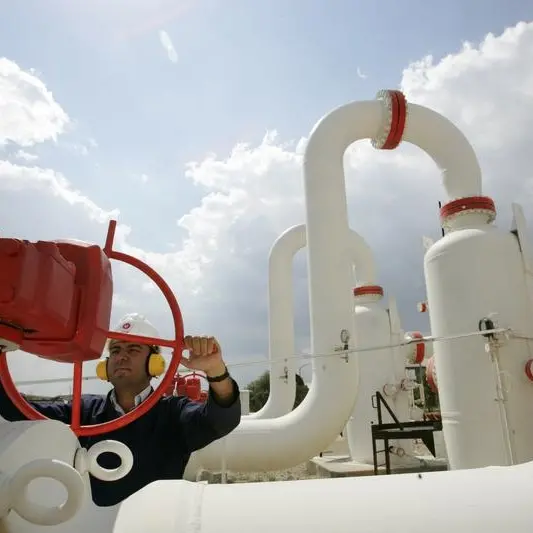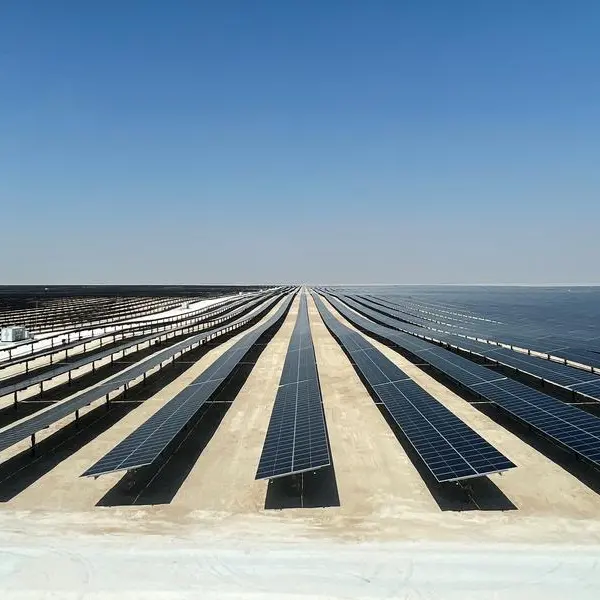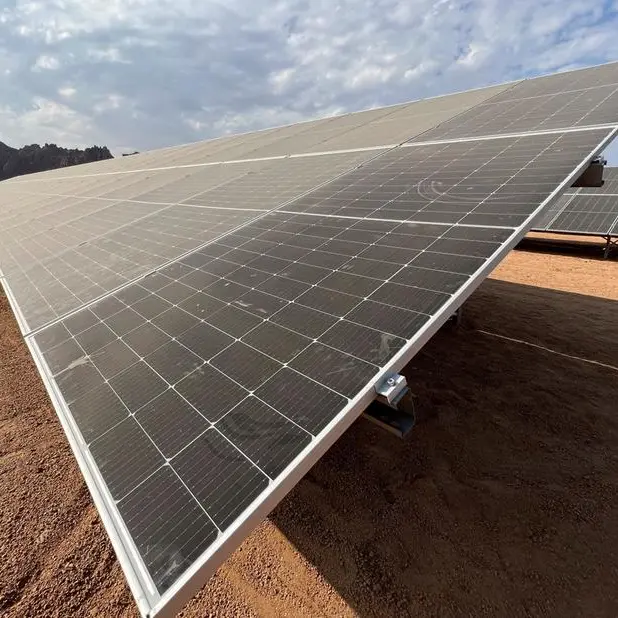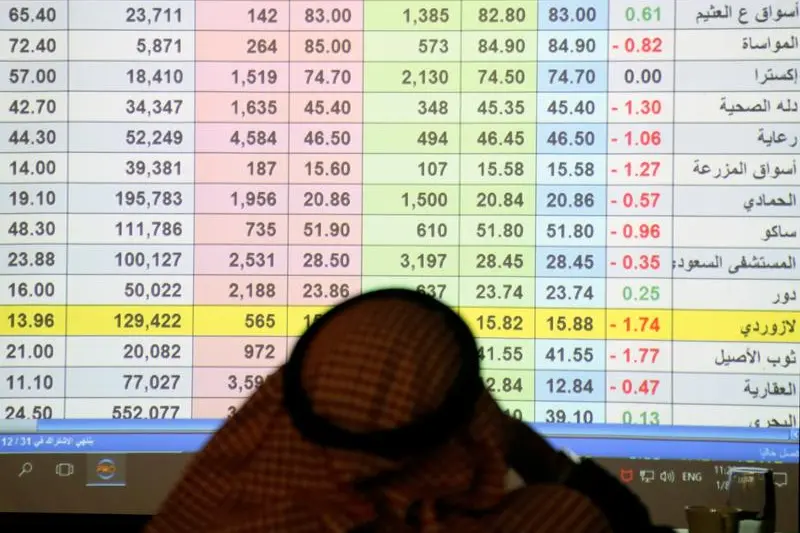PHOTO
Digital generated image of multiple environment circular pie cross section with different types of energy supply standing on white background. Sustainable energy concept. Image Courtesy: Getty Images
The primary energy balance shows at the end of April 2024, a deficit of 1.6 million tonnes of oil equivalent (Mtoe), thus recording an increase of 9% compared to the end of April 2023, according to the monthly report on the energy situation, published by the National Observatory of Energy and Mines.
The energy independence rate, which represents the ratio of primary energy resources to primary consumption, stood at 44% at the end of April 2024 compared to 51% at the end of April 2023.
According to the report, primary energy resources stood at 1, 2 Mtoe at the end of April 2024, thus recording a decrease compared to the same period of the previous year of 17%.
This decline is mainly due to the reduction in national production of crude oil and natural gas.
Primary energy resources remain dominated by national production of oil and gas, which both account for 69% of total primary energy resources.
The share of renewable electricity (STEG and private production and self-production) remains modest and represents only 2% of primary resources.
As for primary energy demand, it decreased between the end of April 2023 and the end of April 2024 by 4%. Demand for natural gas fell by 9% while that of petroleum products remained stable.
It should be noted that demand for natural gas decreased by 9% following the limitation of purchases of Algerian gas. To meet the entire national demand for electricity, STEG has relied on importing electricity.
The structure of demand for primary energy has recorded a slight change. The share of demand for petroleum products increased from 49% at the end of April 2023 to 51% during the same period of 2024.
On the other hand, Natural gas went from 50% at the end of April 2023 to 48% at the end of April 2024.
© Tap 2022 Provided by SyndiGate Media Inc. (Syndigate.info).





















